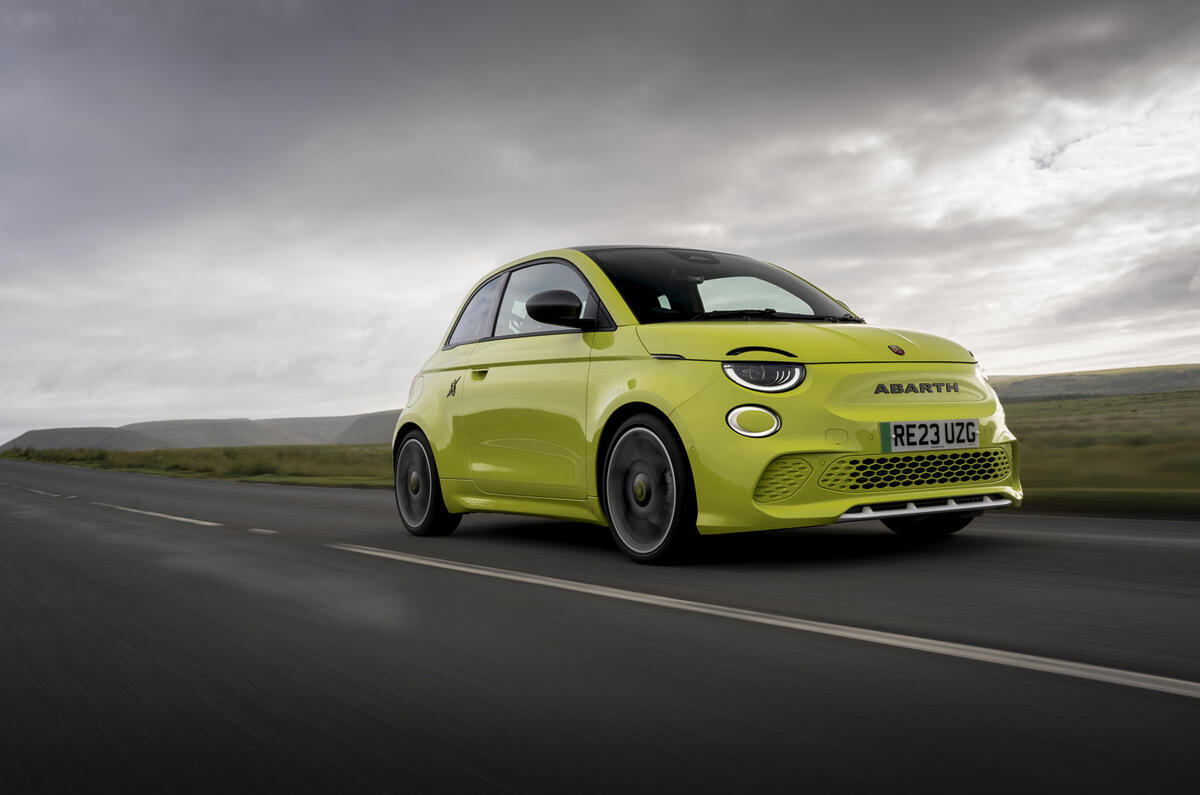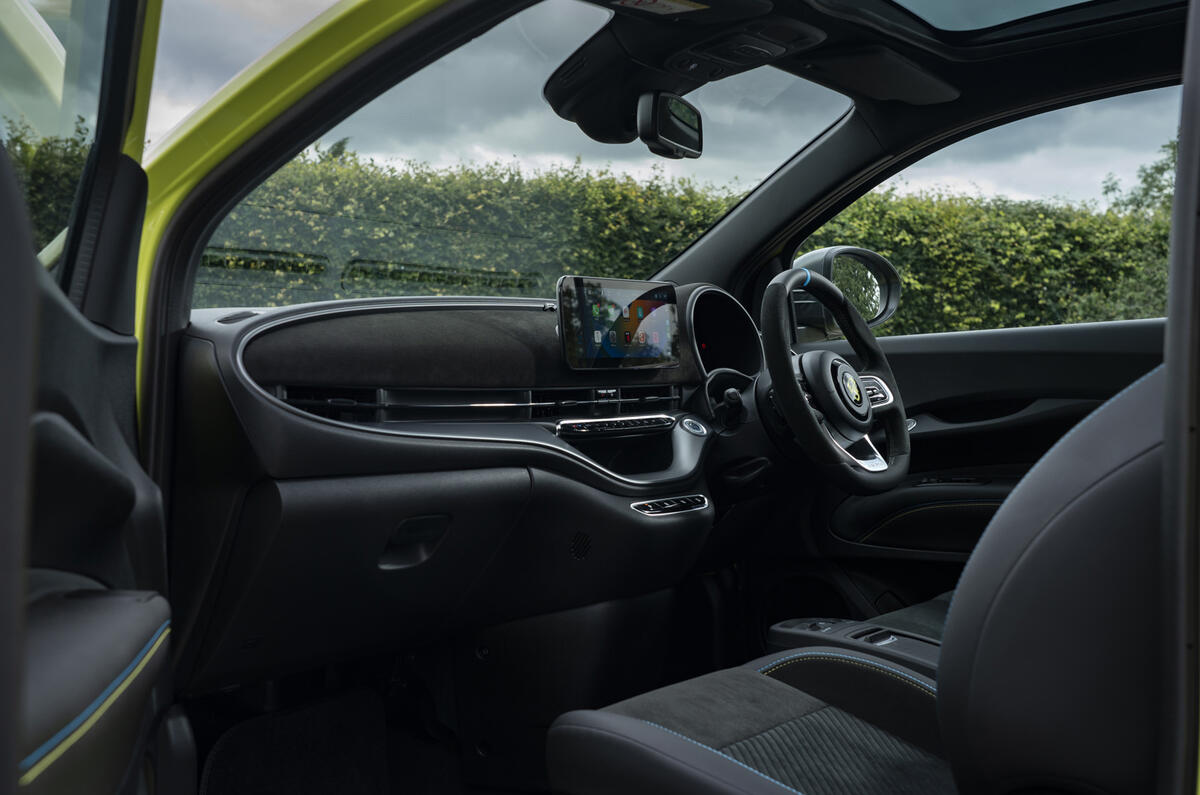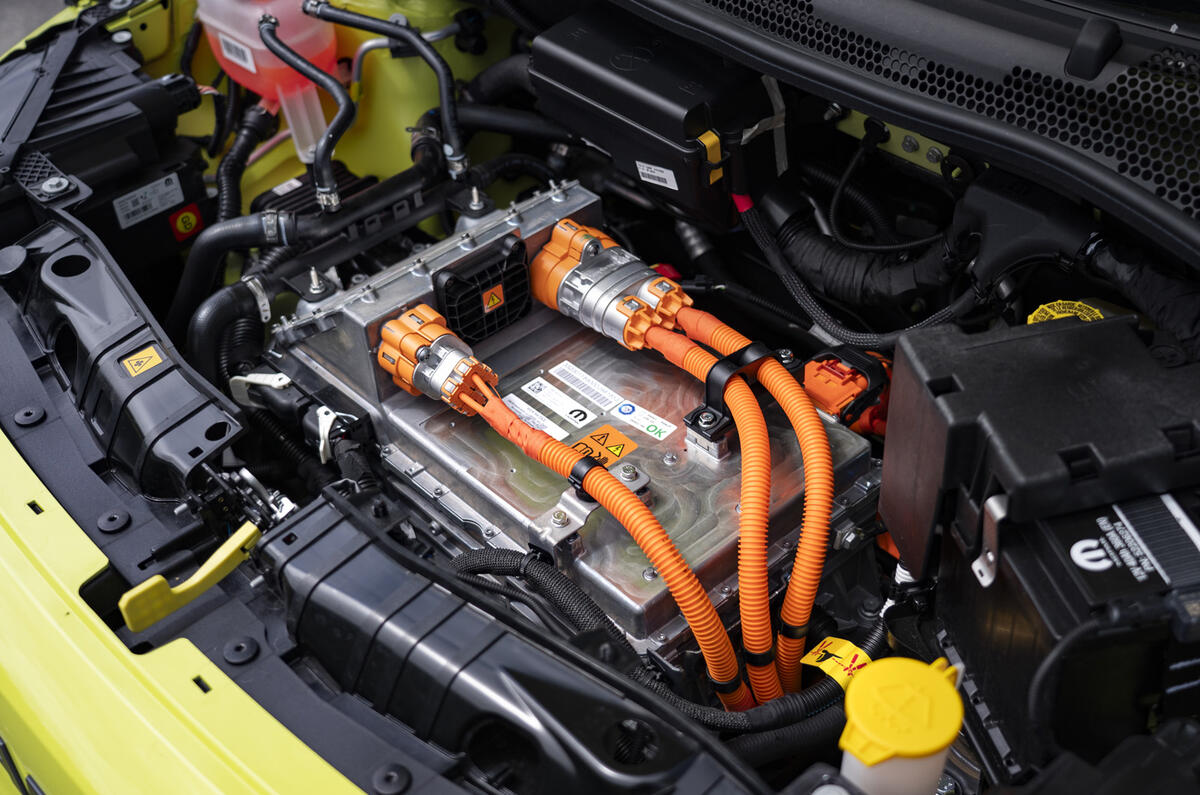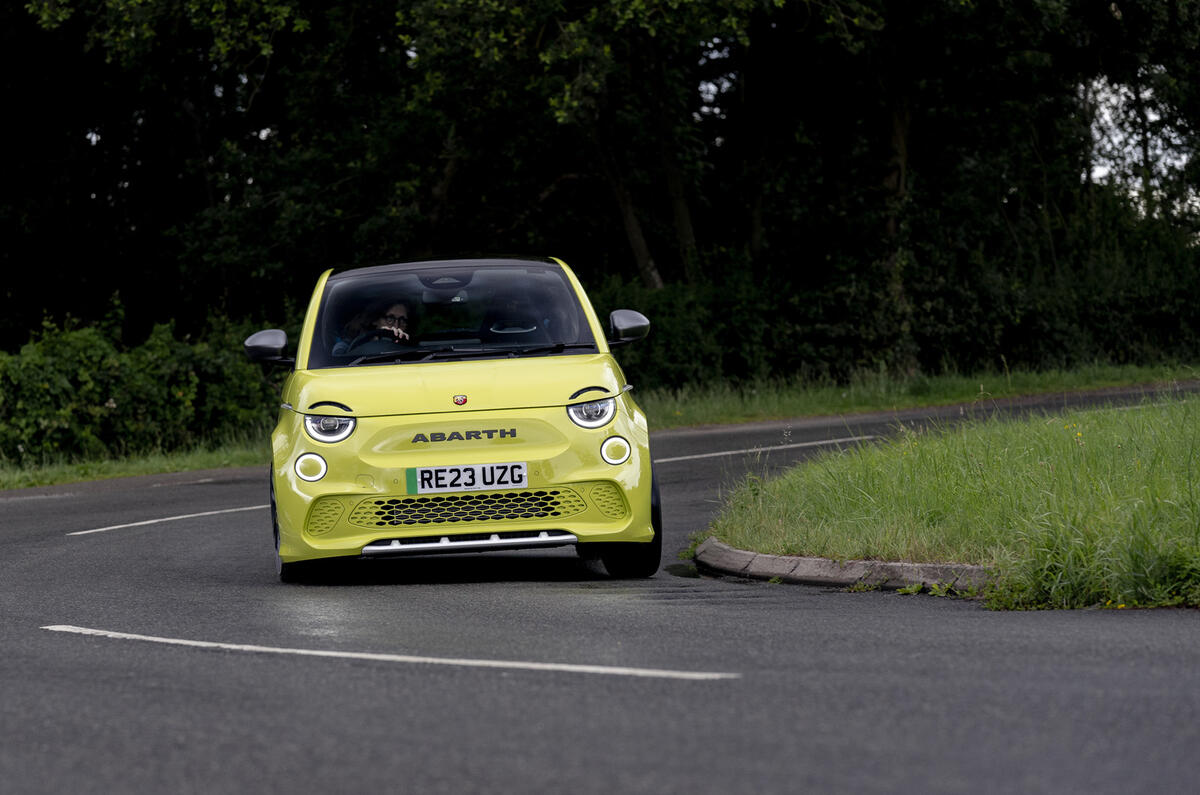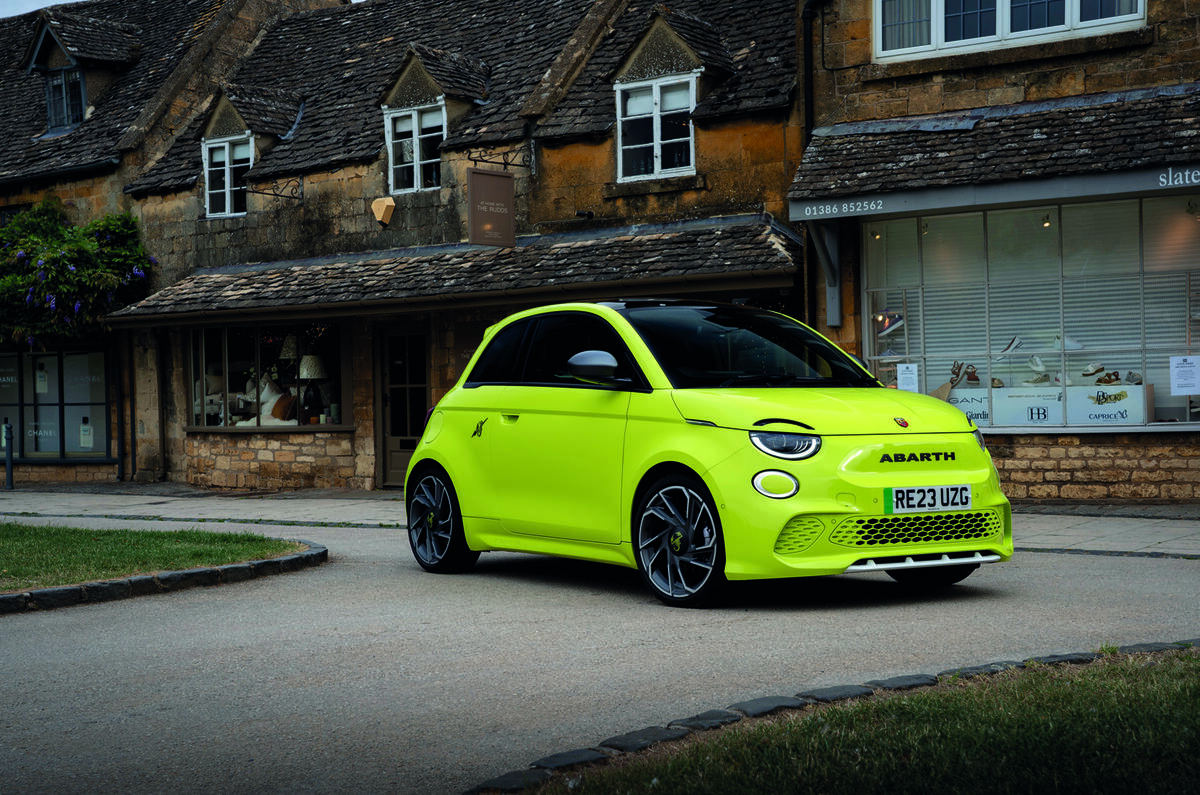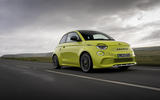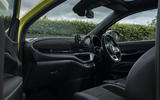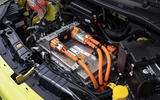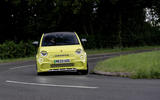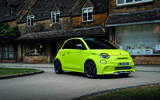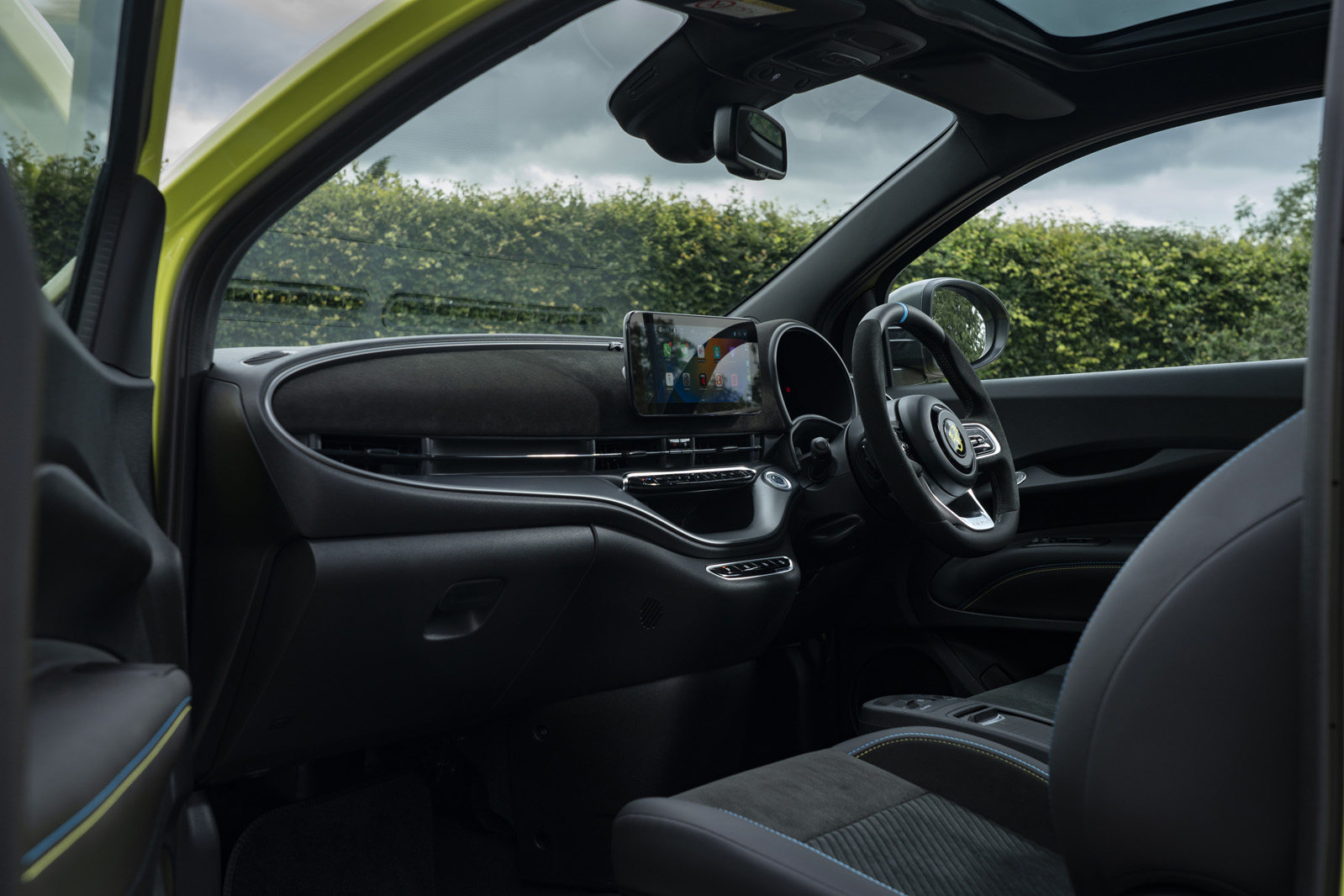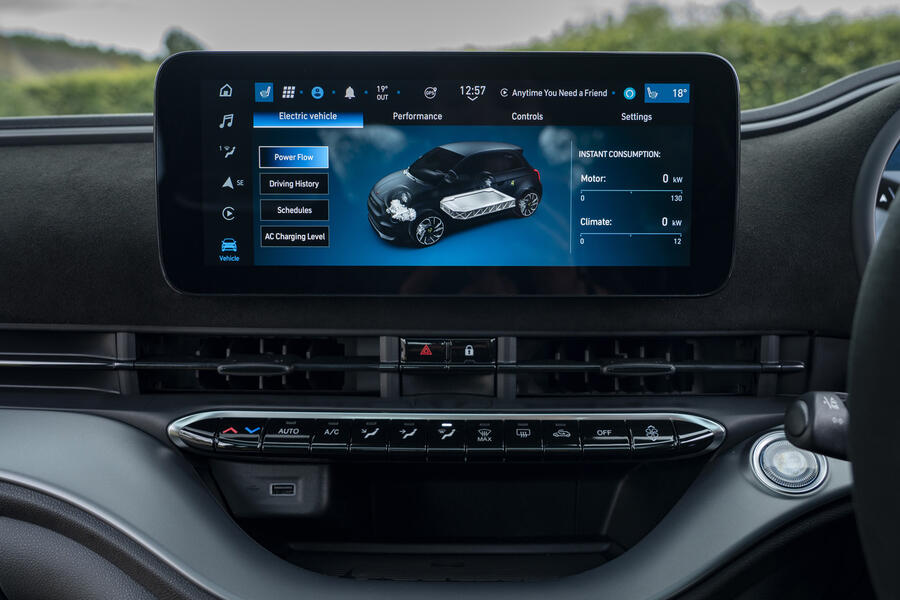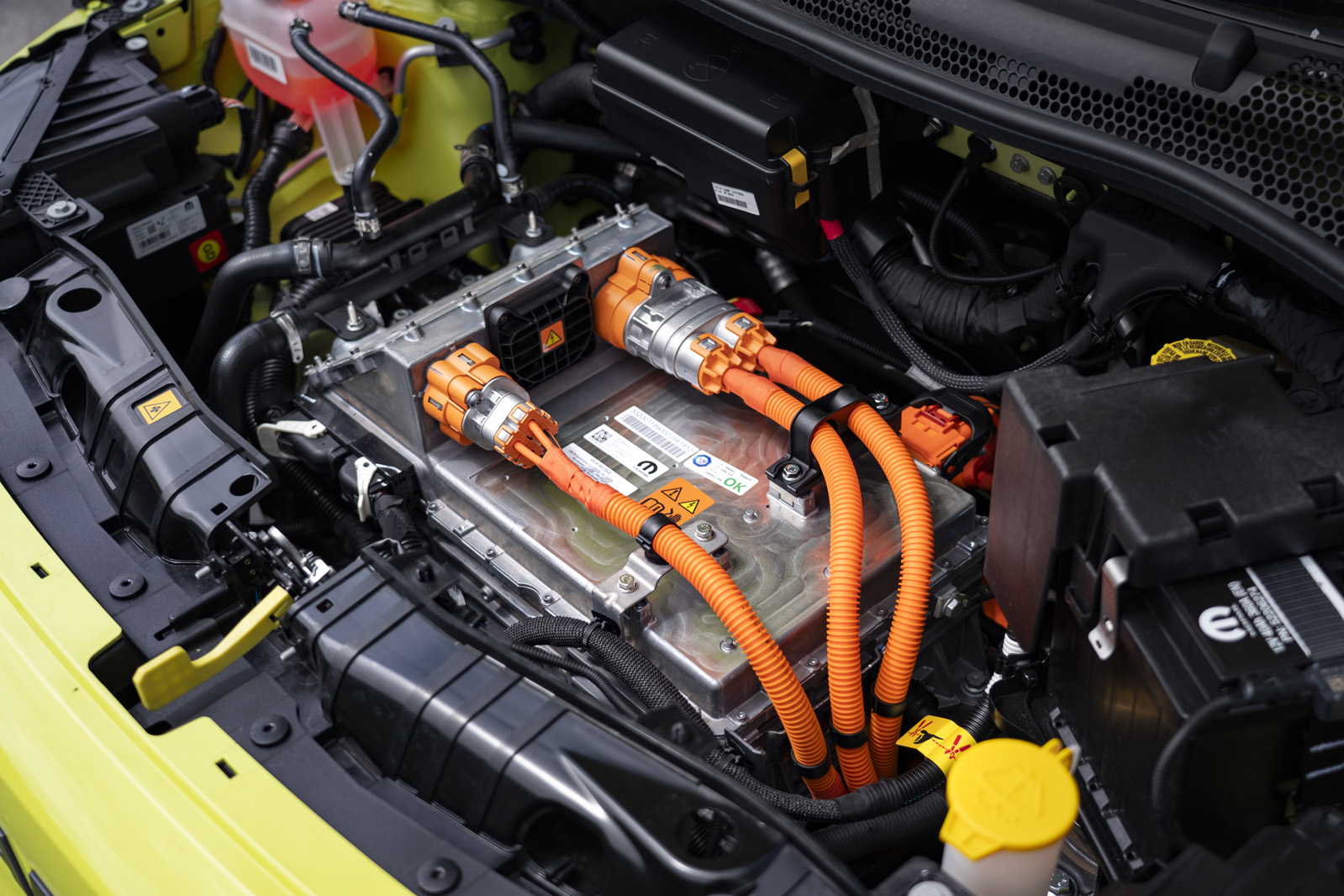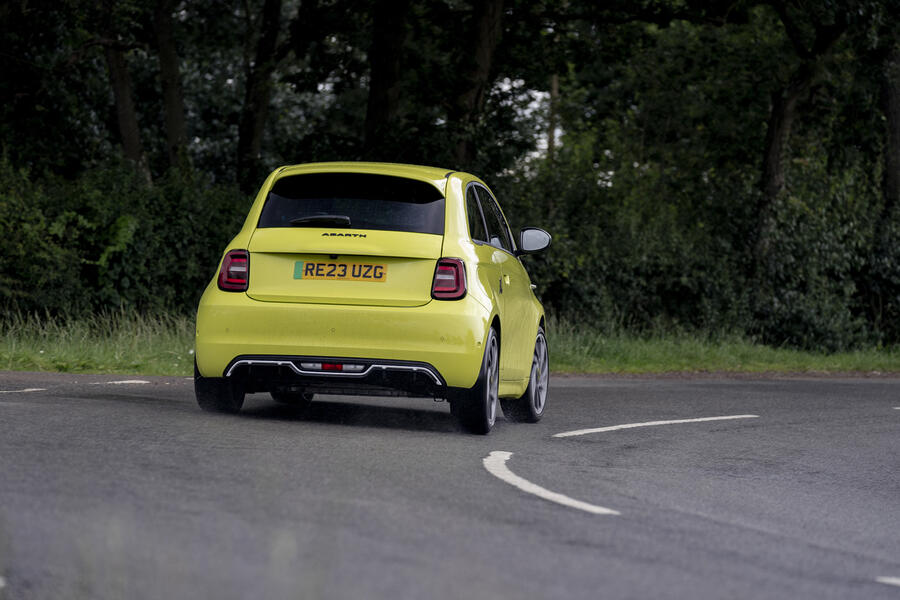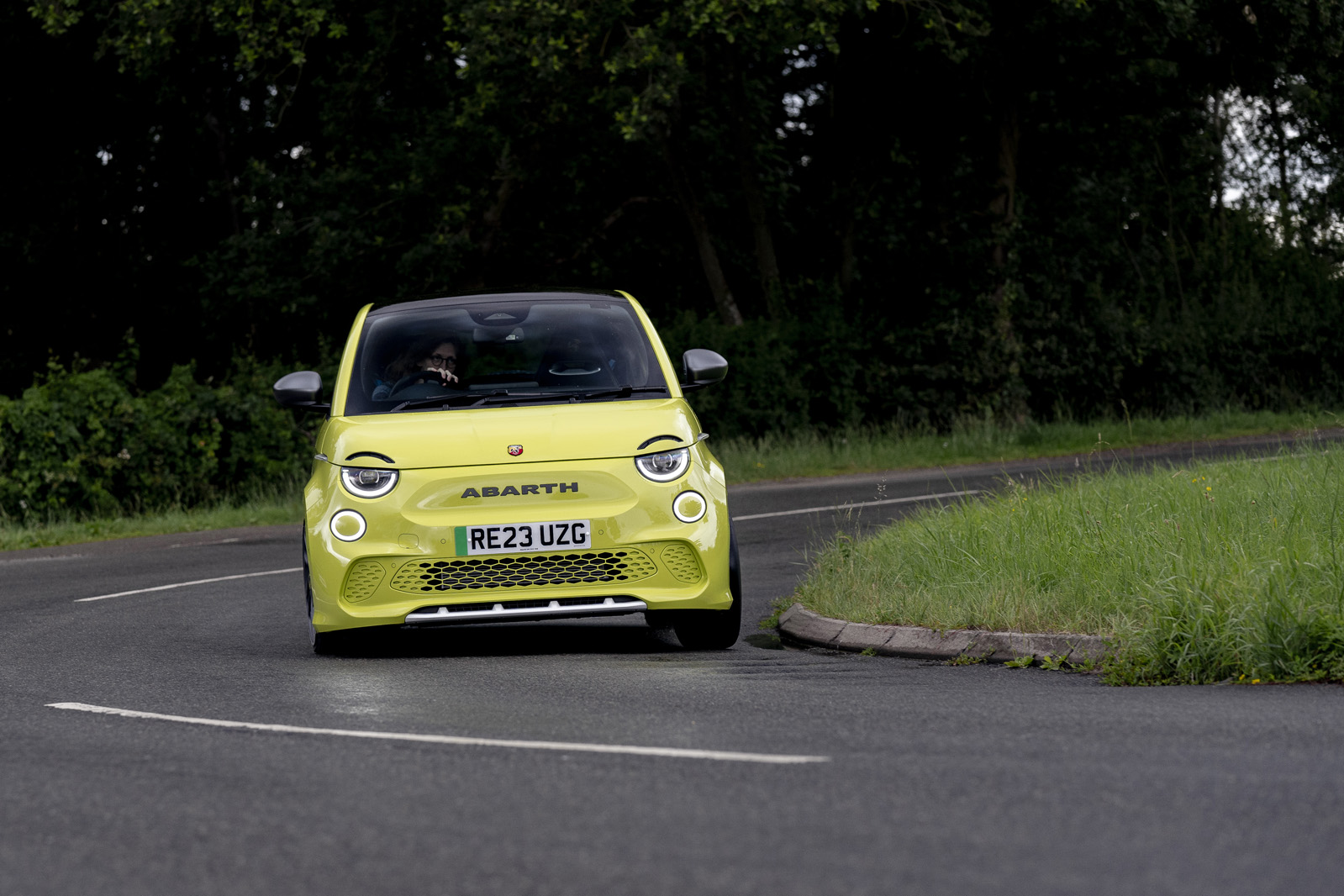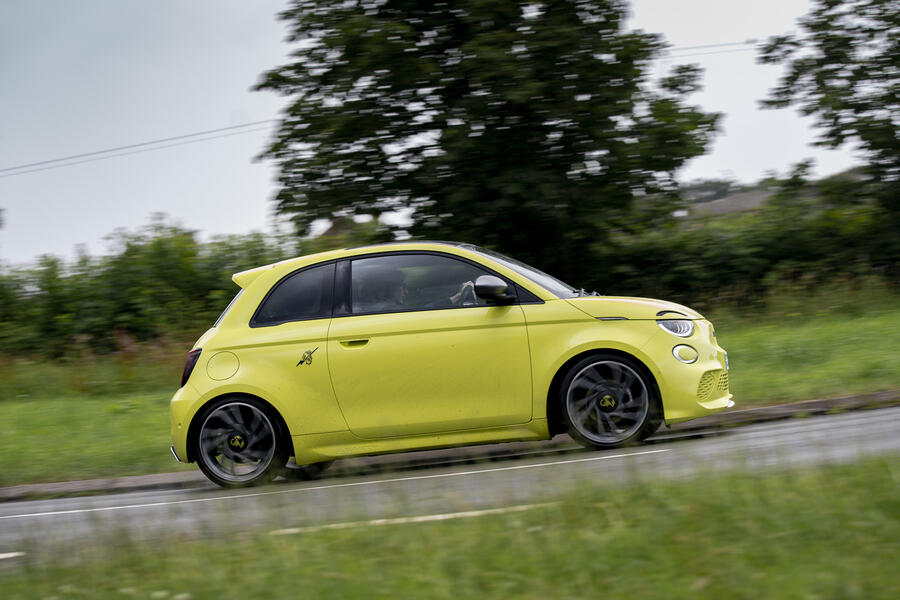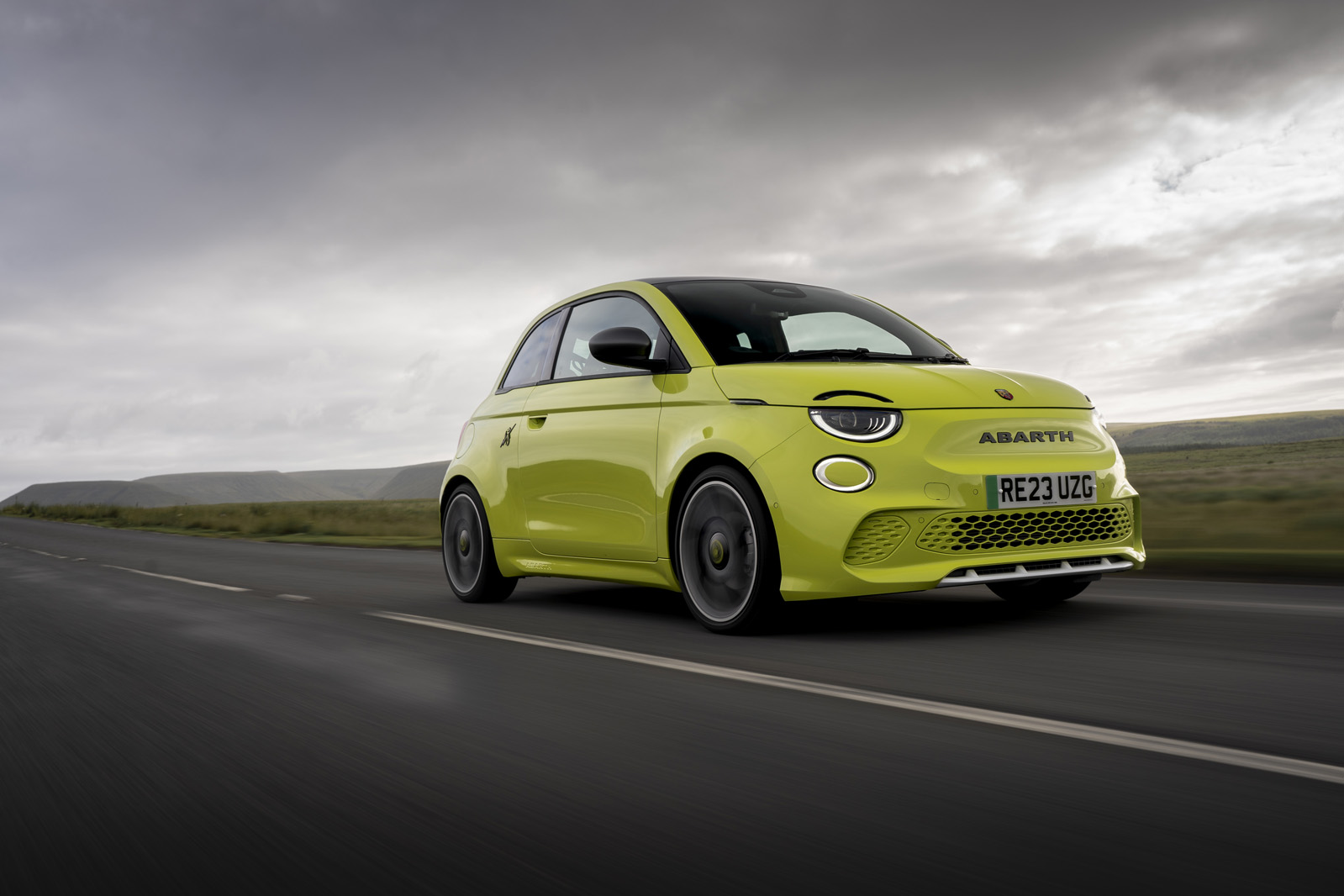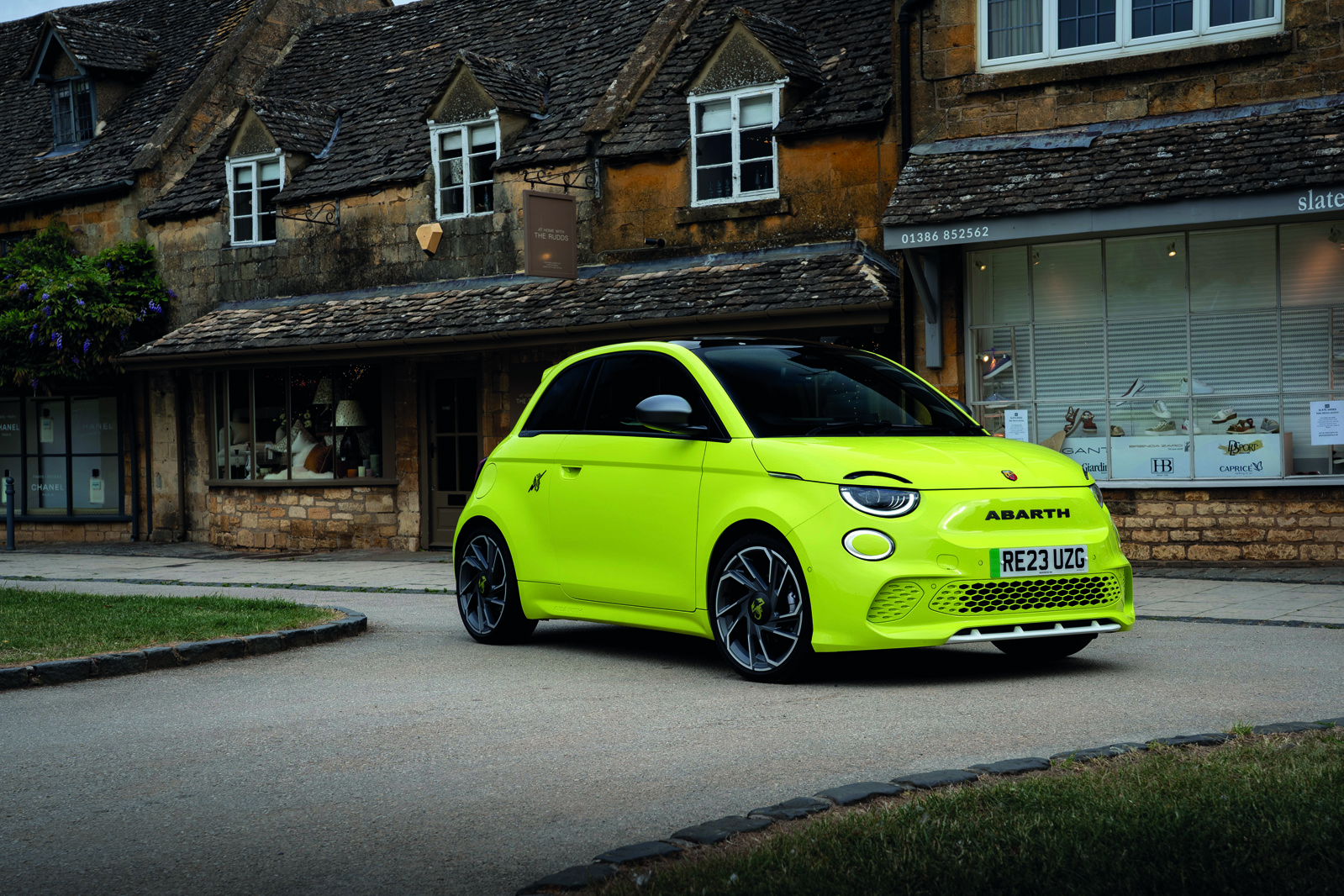It often looks like modernity is killing the hot hatchback. Car makers are looking for bigger profit margins and thus to larger and taller cars. No more Fiesta means no more Fiesta ST; developing fancy bespoke suspension for something that needs to be affordable – well, there’s no point, really.
Meanwhile, rules for fleet CO2 averages mean that manual, non-hybridised cars with high-performance engines sold in relatively large numbers could get car makers in hot water. So we’ve ended up with no hot Renaults or Peugeots, a Golf GTI that’s going auto-only next year and a £49,090 Honda Civic Type R – which you can’t buy because it’s sold out. Praise be to Hyundai for keeping the flame alive with the excellent i20 N and i30 N.
But there’s a glimmer of hope that modernity had to kill the hot hatch in order to reinvent it and bring it back: enter the electric hot hatch.
Emissions legislation isn’t a problem with EVs. Extra power is easy to come by – crank up the motor or get a bigger one off the shelf. An EV’s weight isn’t ideal but the silver lining is that many of them have more sophisticated suspension as standard.
Perhaps there is still hope – and the first potential flicker of that optimism is the Abarth 500e, the go-faster version of the already surprisingly enjoyable Fiat 500 Electric. It’s the first quick version of an EV hatch to be very obviously positioned as a hot hatch, but it doesn’t quite have the market to itself. There’s still the Mini Electric, and in the class above sits the sweetly balanced Cupra Born and the 429bhp MG 4 XPower. Next year, we’ll see the Abarth’s most direct rivals, the all-new Mini Cooper E and a Renault 5-based Alpine A290.


